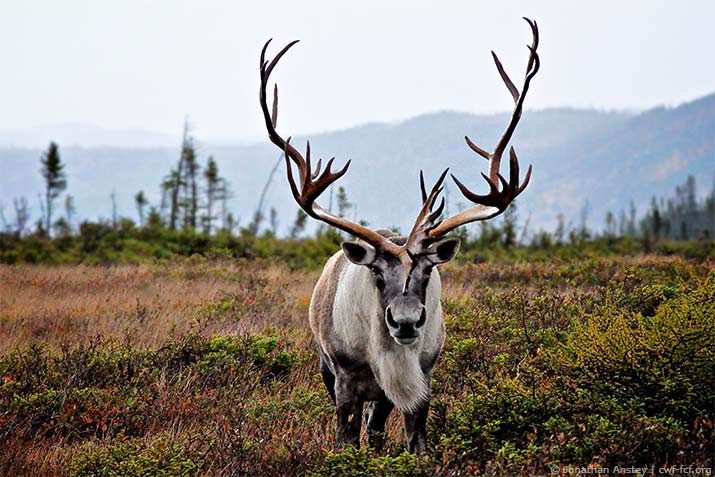Feb 13, 2010
April Overall
Over 500 species of migratory birds stop over in Canada as they make their way to wintering or breeding grounds. En route they face a number of challenges including poor weather, changing climate, a loss of habitat, habitat degradation, pollution, hunting and predation. As if flying hundreds of kilometres under dire circumstances wasn’t hard enough, some migratory birds are up against even greater odds—making the journey with extinction looming overhead.
Hole-y Hardships
With an estimated 795 remaining in Canada, the burrowing owl (Athene cunicularia) was assessed as Endangered in 1995 by the Committee on the Status of Endangered Wildlife in Canada (COSEWIC). Canadian populations declined by 90 per cent in the 1990s, and numbers continue to plummet due to predation, dwindling prey numbers, toxins, vehicle collisions and the conversion of its grassland habitat into farmland. And life doesn’t get easier for this owl during migration. Before Old Man Winter rolls in, the owl heads south for the balmier climes of Mexico, Texas, New Mexico, Arizona and California and makes its way back north in April and May to breed in south-central Alberta to southern Saskatchewan. After a grueling flight, the burrowing owl spends its time scouting out a suitable nesting spot, relying on abandoned burrows from an array of mammals, including ground squirrels, prairie dogs, badgers, foxes, skunks, coyotes and marmots. However, as these mammals’ numbers drop, so do their burrows, leaving the owl homeless and vulnerable to harsh weather and predators. On the Great Plains, for example, the owl shows a preference for abandoned prairie dog burrows; however, 99 per cent of prairie dog colonies have been destroyed, putting the owl in a rough spot.
In a Bind
The Endangered red knot subspecies (Calidris canutus rufa) has suffered a 70 per cent decline since 1982. There’s no shortage of causes for this dramatic drop in numbers—they range from oil and chemical pollution in both North and South America to climate change–induced altered landscapes in their Arctic breeding ground to increased predation. Moreover, when the red knot migrates from its breeding grounds in Arctic Canada to winter in South America and back, it’s faced with more challenges: a shrinking habitat in eastern North America, severe weather and, perhaps most adverse of all, the depletion of the horseshoe crab (Limulus polyphemus). The red knot relies heavily on horseshoe crab eggs to survive its northern trek. However, overfishing of the horseshoe crab in Delaware Bay has left the red knot famished and scrambling for food to garner the energy it needs to finish its journey to the North.
Whooping Woes
In 1978, COSEWIC named the whooping crane (Grus americana) Endangered, with only 260 remaining in the wild. Whooping cranes have an incredibly small breeding range, which lies within Wood Buffalo National Park, but migrating the 4,000-kilometre flight to their spring breeding grounds can prove challenging. In late March, whooping cranes make their way from the Arkansas National Wildlife Refuge, which lies along the Texas Gulf Coast, through southwestern Manitoba, south-central Saskatchewan and northwestern Alberta. Cloudy, rainy or overcast days cause low visibility, making cranes vulnerable to colliding with power lines. Between 1956 and 1999, at least 21 have died or faced serious injury from such collisions.
En route, cranes stop off to feed in wetlands and croplands. Studies show that 70 per cent of feeding sites for non-family groups were croplands, whereas 67 per cent of feedings sites for families were wetlands. The latter face habitat degradation, as wetlands are converted for agricultural, urban and industrial land use development, an increased risk of predation on eggs and young (black bears, common ravens, wolves and red foxes are the usual culprits) and food shortages during periods of drought.
- 0

